Visitors will come to the city of Xi’an for the Terracotta Warriors. Still, many people do not know that the most historical and cultural-worthy attraction in Xi’an is the Shaanxi History Museum.
First of all, we must know something about Xi ‘an. Xi ‘an is one of the four ancient capitals globally and the starting point of China’s Silk Road. Thirteen of the most glorious dynasties in Chinese history had their capitals here. So, tourists who want to learn about China’s past must go to Xi ‘an.
The Shaanxi History Museum has 7.75 million cultural relics, including 762 national first-class cultural relics. These exhibits span over one million years, and they allow visitors to appreciate the ancient civilization of the East fully.
Suppose you do not want to get lost among the vast exhibits during your few hours’ visiting time. In that case, you’d better look for the most precious 18 national treasure-level cultural relics, especially the nine which are forbidden from leaving the country.
Shaanxi History Museum – Exhibition hall #1 (Free)
In this exhibition hall, three bronze tripods from the Western Zhou period are national treasures. The Western Zhou dynasty was an ancient Chinese dynasty 2,800 years ago. The inscriptions carved inside these tripods have unparalleled historical value and are known as ‘Bronze History Books.’
Min Ding
The inscription carved inside the Min Ding talks about the land division in the early Western Zhou Dynasty and reflects this period’s land division system.
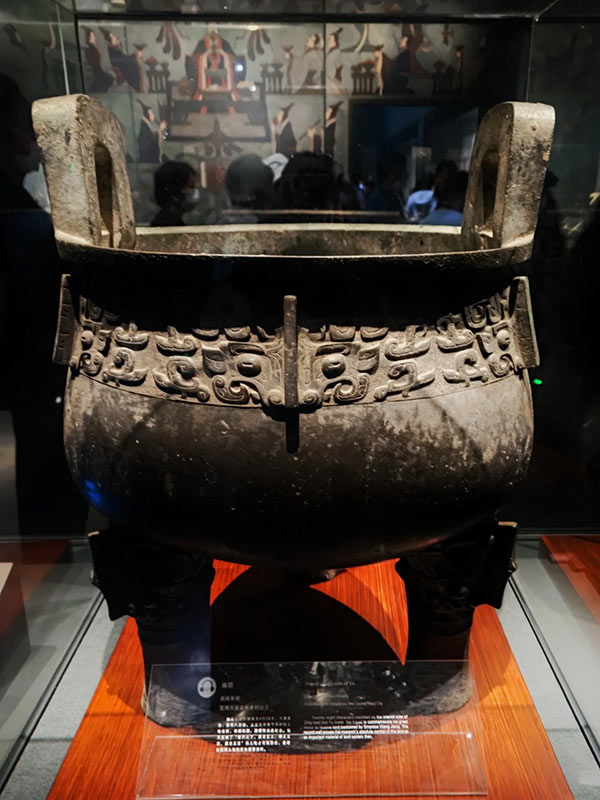
Wei Ding I
The inscription of this tripod tells of a conflict between two aristocratic land exchanges in the middle of the Western Zhou Dynasty and how the king came to mediate.
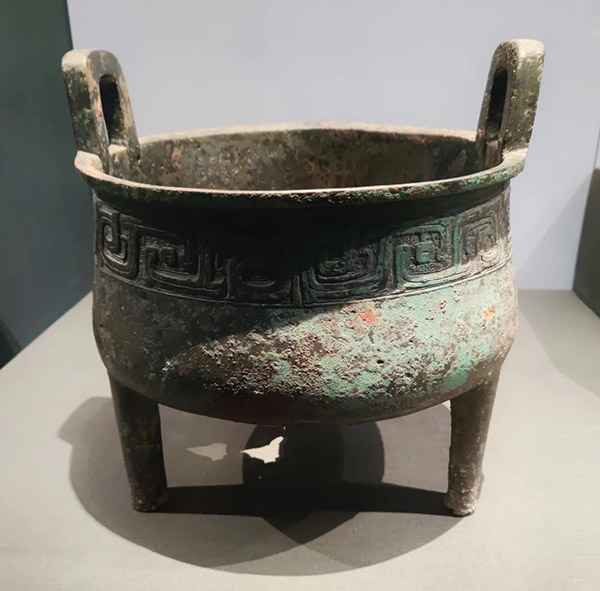
Duoyou Ding
This tripod describes a war between the nomadic people of the north and the Zhou people in the late Western Zhou Dynasty.
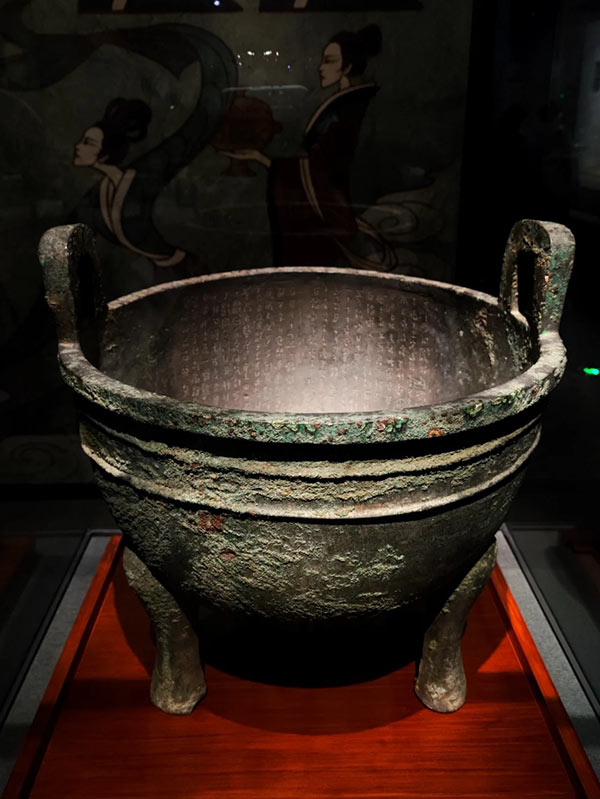
Exhibition hall #2 (Free)
Gold and Silver-Plated Bamboo-Shaped Copper Censer
This is a censer from the royal palace of the Han Dynasty around 2000 years ago. Chinese people have had the habit of incense since ancient times. Incense could not only purify the environment but also gives people a feeling of entering a misty wonderland.
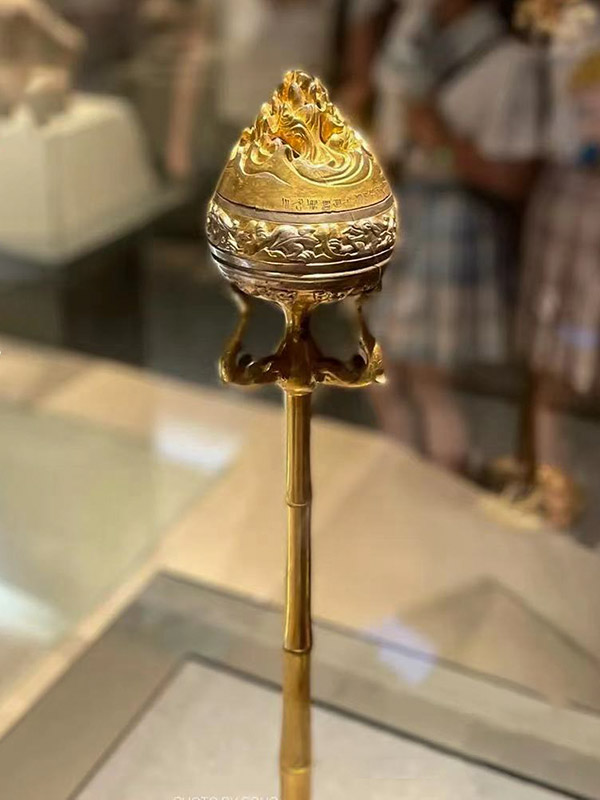
Empress’s Jade Seal of the Western Han Dynasty
The emperor’s jade seal is the symbol of the supreme power. This jade seal belonged to the wife of the Western Han Dynasty emperor, Bang Liu. At the same time, it is the highest grade, and the only empress’s jade seal of the Han Dynasty discovered so far. It is also the earliest empress seal in China, which is of great significance to studying the imperial seal system of the Qin and Han Dynasties.
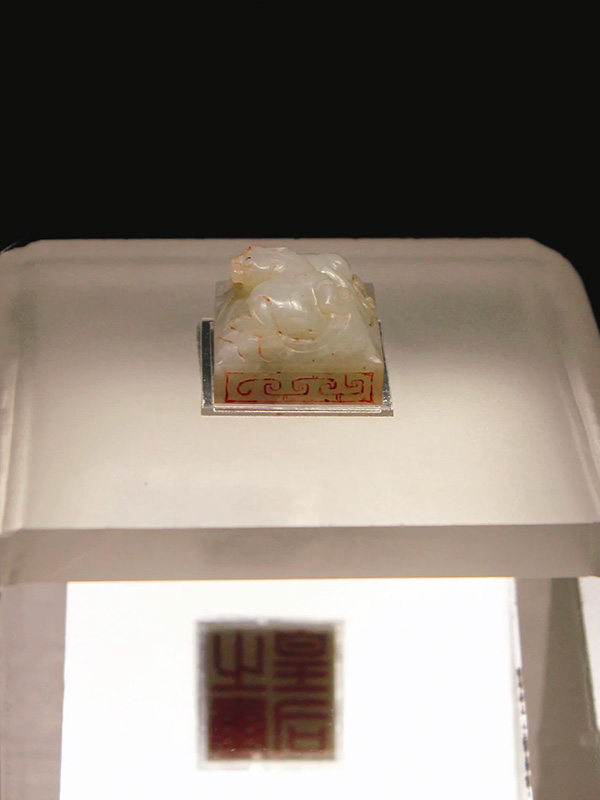
Exhibition hall #3 (Free)
Tang Tri-colored Pottery- Camel Carrying Band
This cultural relic is the most treasured Tang Tri-colored Pottery in China, which shows the performance of a moving band in the Tang Dynasty (around 1400 years ago). There are as many as eight dancing-music figurines in this moving band. Not only is the lineup massive, but also the musical instruments are complete. This Tang tri-colored pottery caused a sensation because of its bright colors and unique characters.
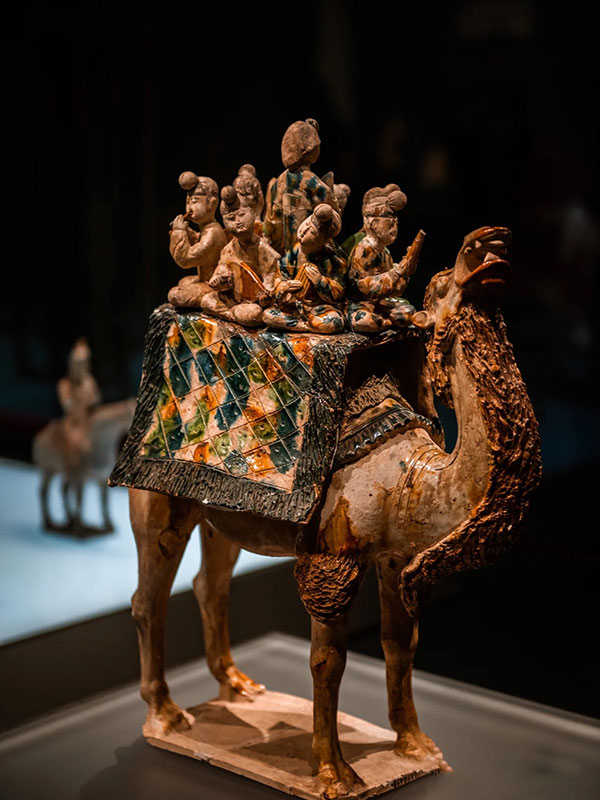
Green Glaze Lifting Handle Inverted Filling Kettle
This is a cultural relic from the Five Dynasties (around 1060 years ago.) with a phoenix handle, a lion spout, and a four-blooming-peonies body. The lid connects the kettle’s body as a whole, and the water inlet is not visible, which is just the subtlety of the design. If you want to uncover this secret, please go to the Shaanxi History Museum to find it.
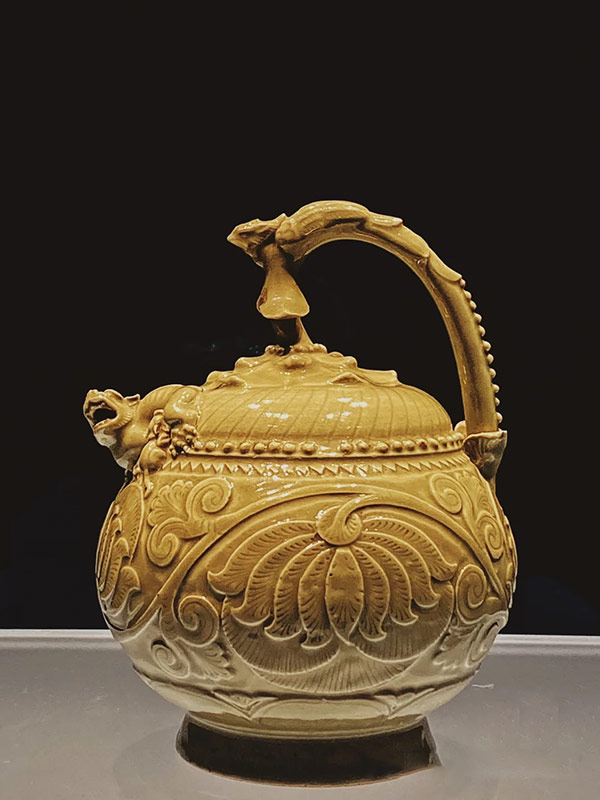
Black Glaze Oil Drop Bowl
Oil drop glaze is a special kind of glaze, which belongs to crystal glaze. This bowl is the biggest one of the same kinds of black glaze container ever seen.
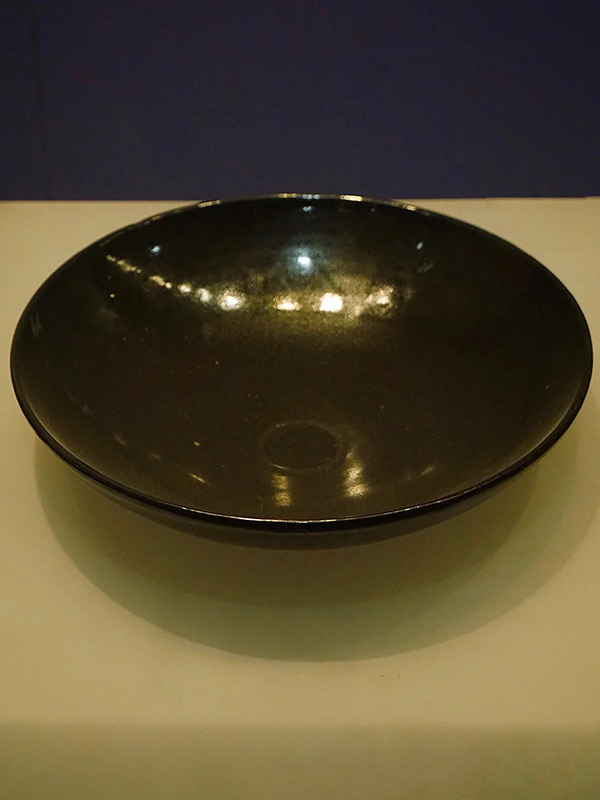
Mandarin Duck Lotus Petal Pattern Gold Bowl (A pair)
Every lotus petal unit on the wall of the bowl is engraved with decorative patterns. The upper layer is the animal pattern, and the lower layer is a single honeysuckle decorative pattern. This pair of the gold bowl may be royal wine vessels. As far as the gold bowls of the Tang Dynasty have been unearthed, these two are the most magnificent ever seen.
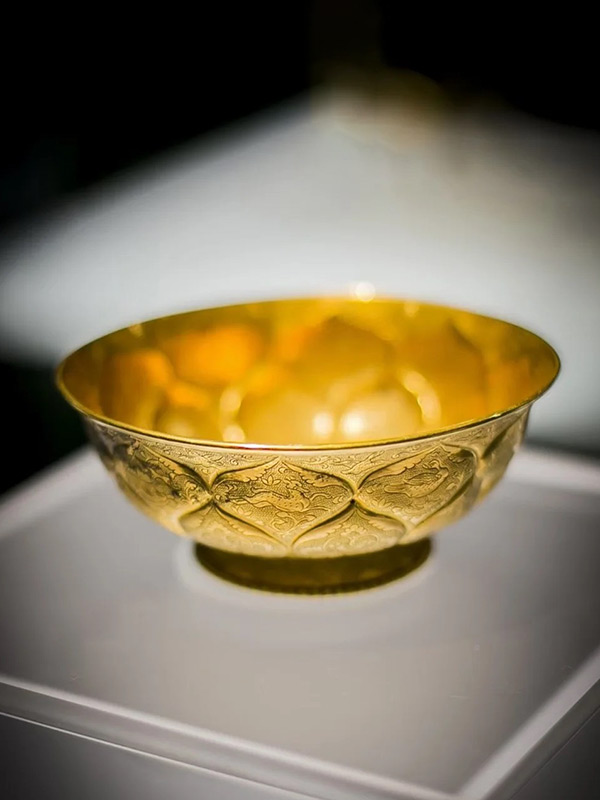
Shaanxi History Museum – Treasures of the Great Tang Dynasty (Ticket price: RMB30)
Tang Dynasty Beast Head Agate Cup
The Beast Head Agate Cup is a wine cup made of pure natural agate, the only jade carving with its natural color from the Tang Dynasty that has been seen so far. It is the most exquisite piece of jade in the Tang Dynasty, and it is also the product of cultural exchanges between China and foreign countries at that time. China prohibits this cultural relic from leaving the country.
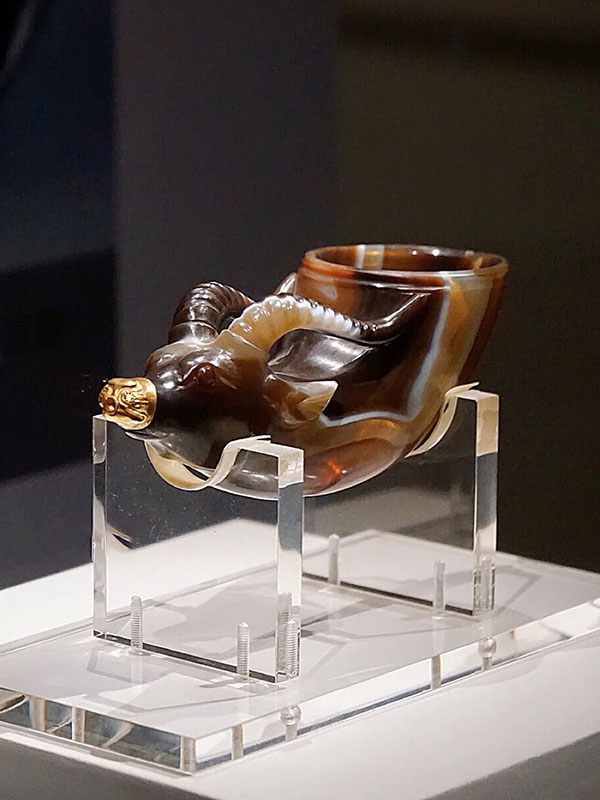
Gilt Dance Horse Biting Cup Silver Kettle
This is a silver kettle imitating the shape of a skin sac. Its preciousness lies in the horses hammered out on both sides of the kettle body. These are two horses dancing with wine cups in their mouths, which is consistent with the record in the history book that when Emperor Xuanzong had his birthday celebration, horses were dancing and toasting with cups.
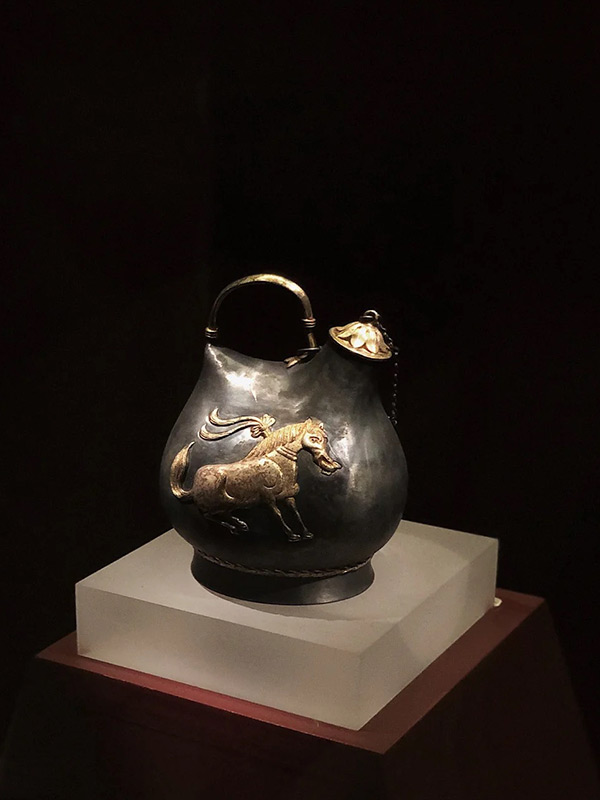
Gilt Parrot-patterned Lifting Handle Silver Jar
The craftsmanship of this silver jar is the most exquisite found so far. The whole body of the jar is decorated with a parrot pattern, and there are gorgeous flowers around the parrot, which gives a feeling of wealth and joy.




Leave a Reply